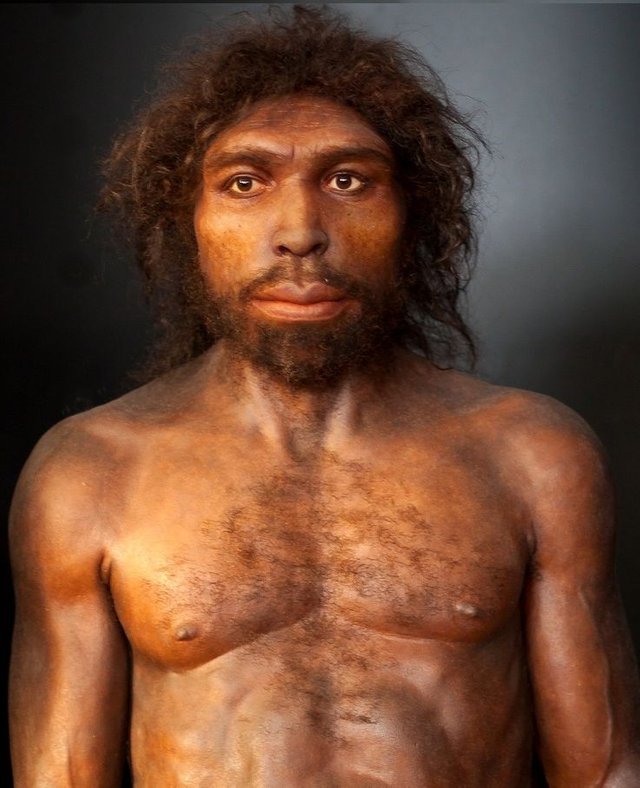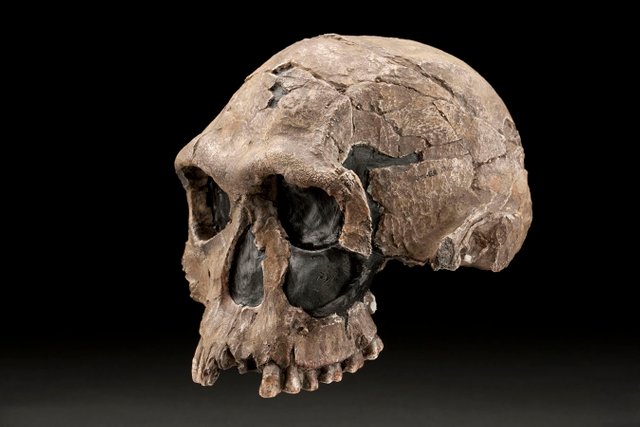Human evolution - Homo Sapiens [part.13]

Literally meaning intelligent human, is a species that lived about 250 thousand years ago until now - leaving only one sub-species of homo sapiens sapiens (modern humans). The development of sapiens is characterized by the volume of the brain as well as the use of more advanced tools than erectus. The generally accepted view is the theory of 'Out of Africa', in which people are now all derived from migrating sapiens from Africa.

In addition to sapiens sapiens, the sub species of sapiens is idaltu, which literally means 'older', or 'born earlier'. Human Cro magnon that was discovered in 1868, consists of 5 individuals. is a sapiens sapiens that is anatomically almost no different from humans today (after all, they are 'modern man')
Compared with other early humans, sapiens and especially sapiens sapiens have a fundamental difference. Among other high forehead bones, not as low back as other early humans. The bone of the temple cows is also not prominent, and has a chin. Sapiens also has intelligence far above other early humans, has bragging ability, capable of making a much better tool. Sapiens sapiens also began no longer only hunting, but also raising livestock since a dozen years ago, domesticated wolves into dogs, and farmed for several thousand years BC.
DNA tests indicate that modern humans are separated from their Neanderthal clothing since about 500,000 years ago.

Fossil findings
- Cro Magnon (sapiens sapiens), discovered by workers in 1868 in Cro-Magnon, Les Eyzies, France
- Omo 1, discovered by Richard Leakey in 1967-1974 in Kibish, near the Omo river, Ethiopia
- Herto skull (idaltu), was discovered by Tim White in 1997 in Herto Bouri, Ethiopia.
- Jebel Irhoud 1-4, found in 1991 in Morocco
